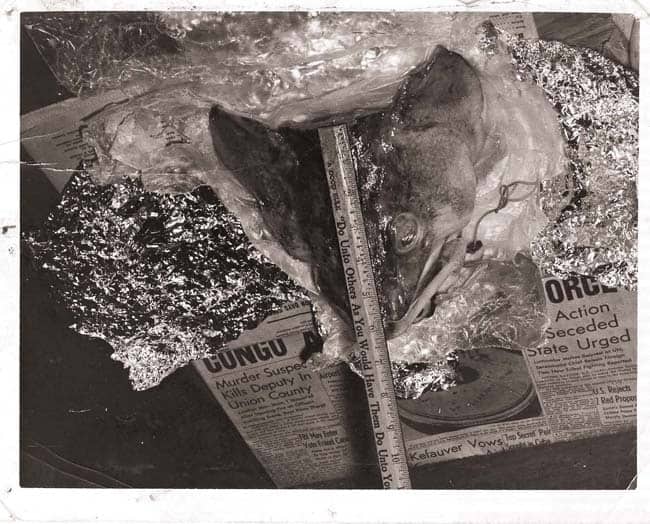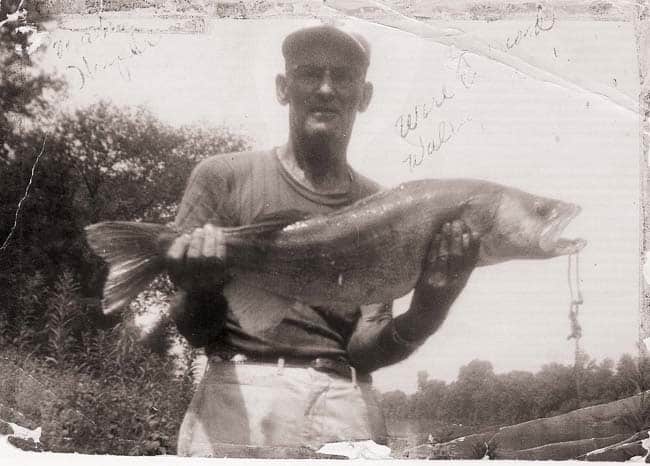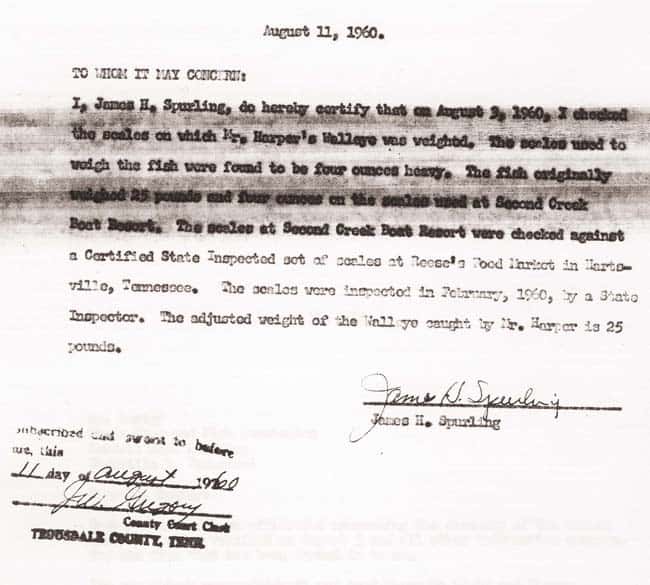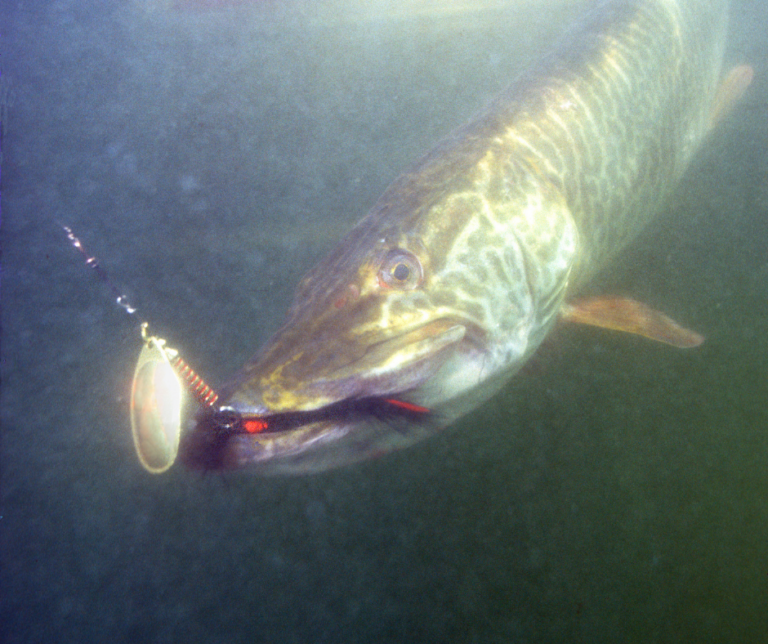World Record Walleye
World Record Walleye – Facts Supporting the Harper Walleye Reinstatement
It was a big surprise for some walleye anglers that the Fresh Water Fishing Hall of Fame officially reinstated the Harper walleye as the all-tackle world record. However, it took some careful reviewing. They found new evidence to support the validity of Mabry Harper catching a 25-pound walleye in 1960. Mabry caught the fish out of the Old Hickory Lake in Tennessee.
Thank you for reading this post, don't forget to subscribe!According to the Fresh Water Fishing Hall of Fame, they have over 3000 world record entries for over 125 freshwater fish species in their record books. As a result, they decided to conduct an internal review of the past couple of years’ records to ensure their listings were accurate and fair. They re-categorized and removed several world records based on their findings to make respective divisions.
Harper World Record Walleye Removed in 1996
When the Hall came to the walleye record, they thought the issue essential to re-check it again. As a result, the Hall removed the Harper walleye world record in 1996 from their listings. The decision was made at the time because of an article that appeared in Outdoor Life.
The article claimed that the walleye caught by Harper could not be 41 inches in length. This was the official entry made by Harper on the Field & Stream form the record-keeping entity at the time, as seen in the image below.
Doubts About The World Record Walleye Arises
The author could not believe that the walleye appeared that long as Harper claimed after the photo was examined. The image does not appear to look 41 inches long to some people. Hence, it is another case of comparing today’s imagery with yesteryears photography. These days, we have frequently used wide-angle lenses closer to the angler and can make a fish appear larger.
The author completed the observation and then started to calculate the length of the walleye using the hand spread of Harper to compare it to the size of the fish. Yet, you face two problems when attempting to measure an unknown long object off a shorter distance in a photo.
Firstly, you multiply any error in the known distance with how long that unidentified entity is. Take the Harper walleye as an example. As the total length is about nine times larger than his hand spread. If there is an error in the assumed hand spread distance, it must be multiplied by nine.
So, if his hand spread is a quarter of an inch off, then the length calculated of the fish is two and a quarter inches off. The second problem is that using a shorter distance as in a photo to calculate a longer unfamiliar distance will yield inaccurate results.
You will find that sometimes it can be over or underestimated in the final results and depends on the known distance to the exact horizon line or even the camera level used. Hence, many people overlook this factor when they try to assess the size of a fish in a pic.
Yet, we recall reading somewhere. If you want to measure a fish’s length in a photo using a known object in the image, such as a stick, you can yield the fish’s size. However, using this method is not very reliable in providing you with an accurate measurement.
For example, you photograph two long sticks of gum three inches long. You position the one at the true horizon (camera level) and the other well below that line. The lower stick of gum measures more minor than the other one. With a wider angle lens, there will be a vast difference between the superficial length of the two sticks of gum even if you know they measure the same.
So when you look at the author’s assumption on how big the walleye is in Harper’s hands, he placed it between three and a half to four inches. Hence, he stated that Harper’s hand spread of four and a half inches is impossible.
Thus, the dangerous part of the theory presented by the author uses assumptions and not actual facts to back his view that the fish did not measure up. Another concern is that one person’s hand width can vary from one to another without considering the person’s physical size.
So, you can find people of an average height with broad hands that can measure in a 4 ½ inch range. Harper was a plumber and likely to have broad hands, so could his hand spread in the pic measure 4 ½ inches? The answer is yes, it can.
Hence, the theory concludes that the walleye in Harper’s was not that long is an unsubstantiated theory without facts. So, the world record walleye should never have been removed from the record books. Thus, Hall took it upon themselves to correct that error for people to remember Harper’s walleye world record.
More Evidence to Support the Harper Walleye World Record
Another piece of evidence showing that the walleye Harper caught is 25 pounds in another photograph taken. Harper’s wife holds the fish and provides added support in the picture. The fish was 25 pounds measuring 41 inches in length.
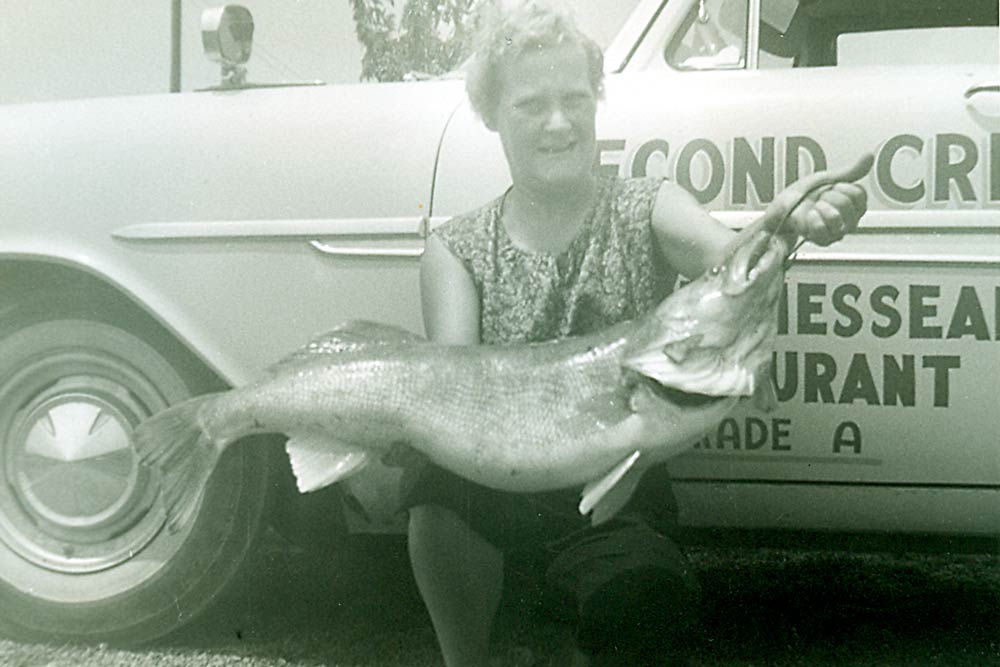
When you look at the previous photo of Harper, you can clearly see that Mrs. Harper is holding one giant fish as claimed. Harper did not badmouth anyone claiming that it should not be a world record. The reason is that the fish he caught was food for the table. So as of today, let it be known that the world walleye record of 25 pounds measuring 41 inches of Mabry Harper is a well-documented claim. There is still no evidence available to prove it wrong.
What is your record walleye? We’d love to share it here.
Be sure to check out our recent posts:
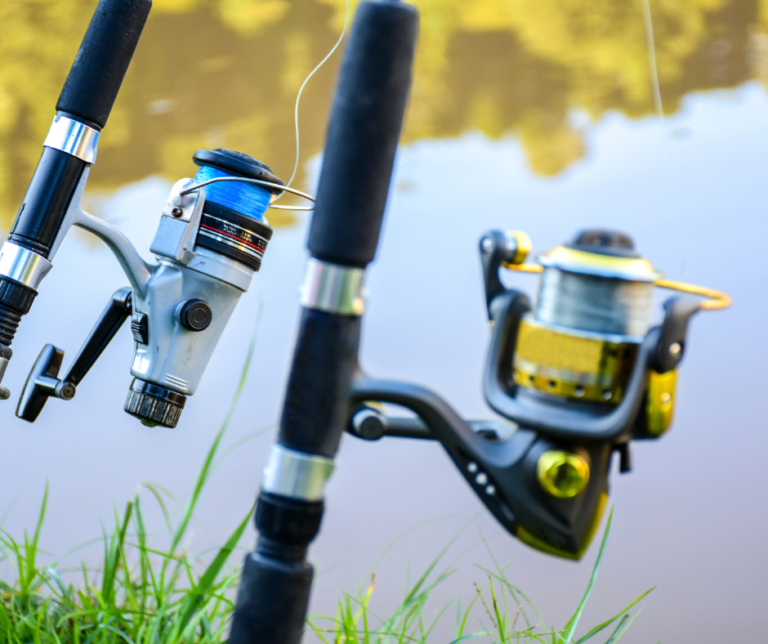
I tested and ranked the best Spin Casting Rods in 2024
Spincasting rods are one of the most popular types of fishing rods among anglers of all skill levels. They…
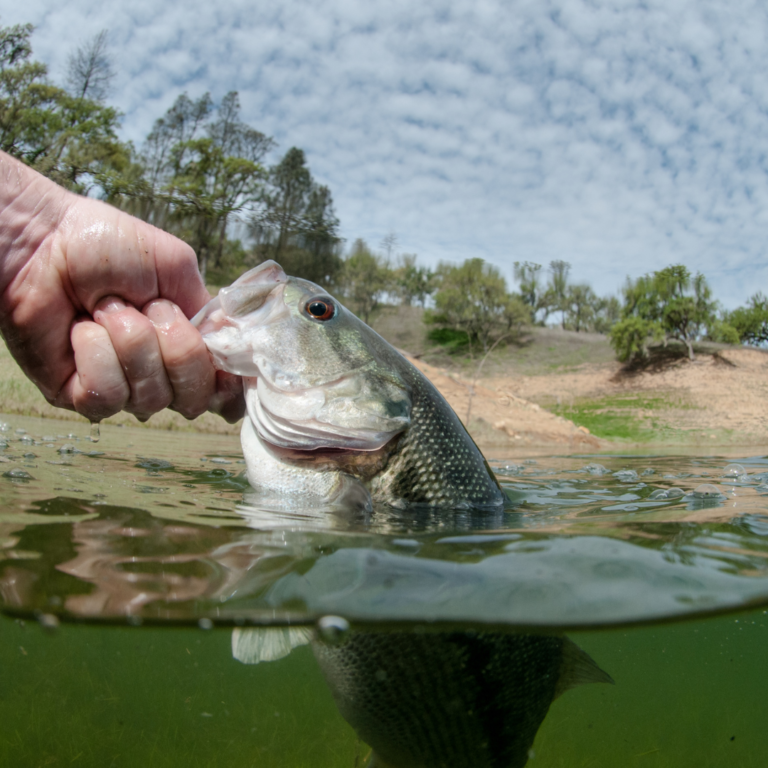
Chatterbait Rigs: A Comprehensive Guide to Bass Fishing Success
Bass fishing enthusiasts are well aware of the effectiveness of chatterbait rigs in the pursuit of these elusive and…
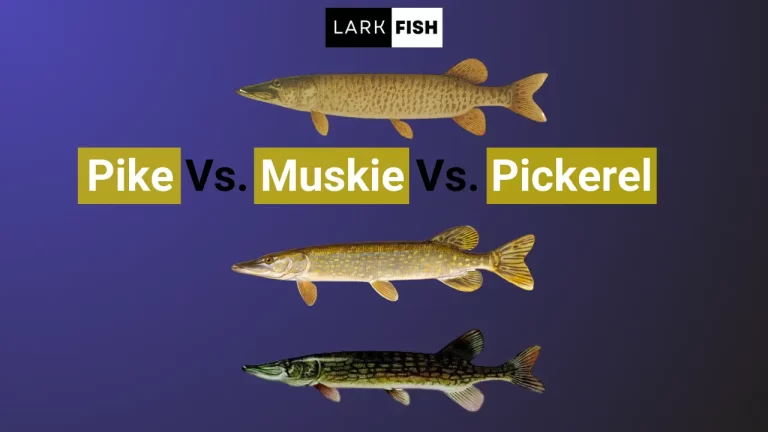
Pike Vs. Pickerel Vs. Muskie: A Comprehensive Comparison of Freshwater Predators
When targeting freshwater predators, muskie vs pike and Pickerel are some of the most sought-after species. While these fish…

8 Best Tips For Lake Diefenbaker Fishing Success
Lake Diefenbaker Fishing is a great way to spend a day out with friends and family. With these tips,…
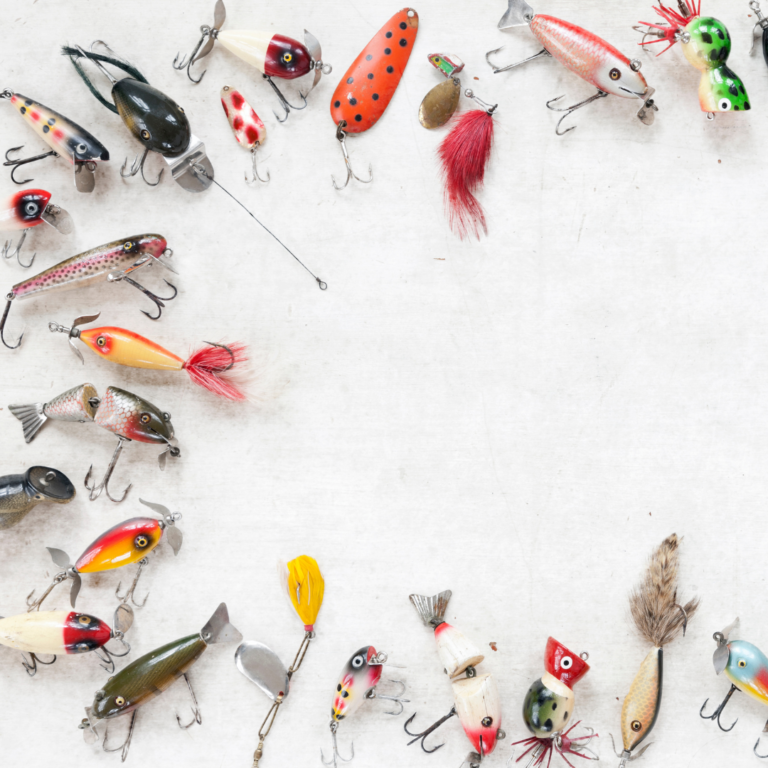
A Guide To Choosing The Right Fishing Lure Mold For Your Fishing Needs
If you’re looking into making a new fishing lure, you may be wondering which fishing lure mold to choose….
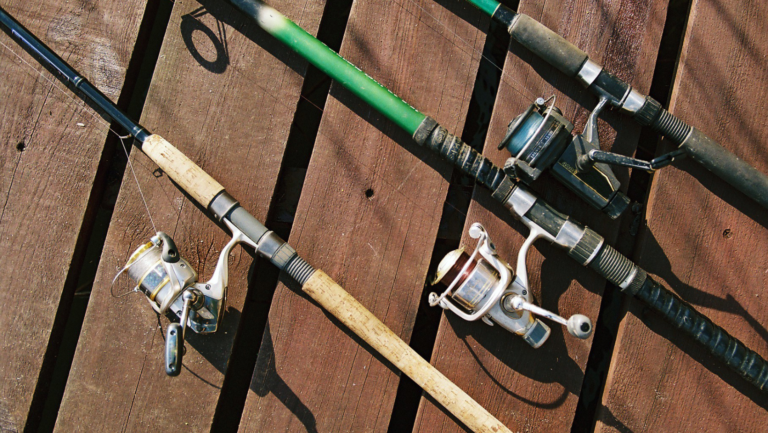
The Best Fishing Rods for Beginners
Thank you for reading this post, don’t forget to subscribe! What type of fishing rod should I choose as…

